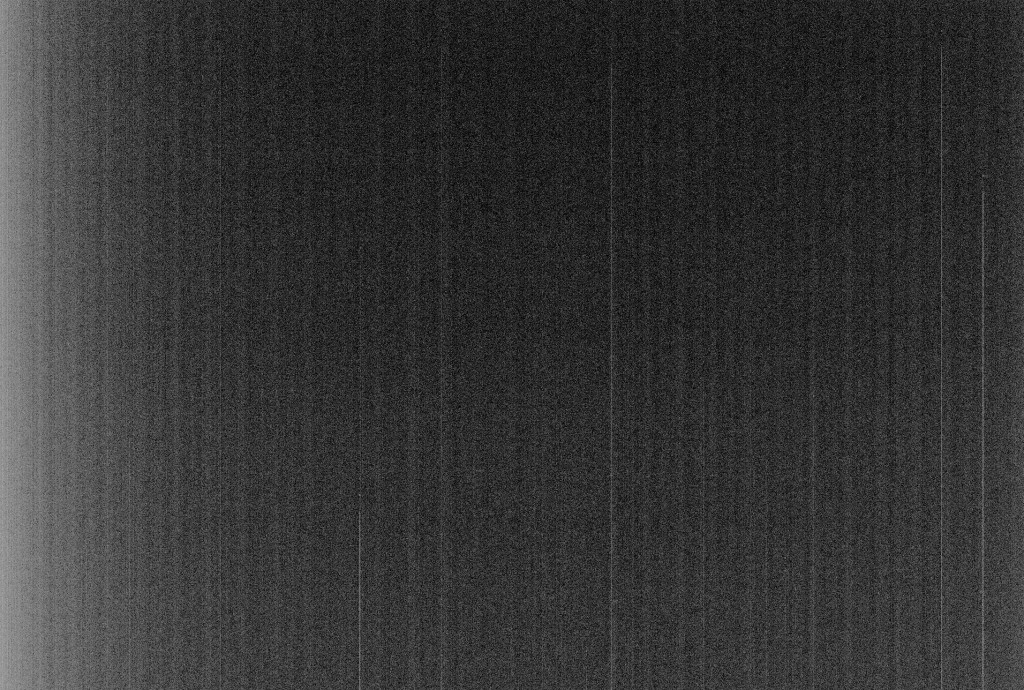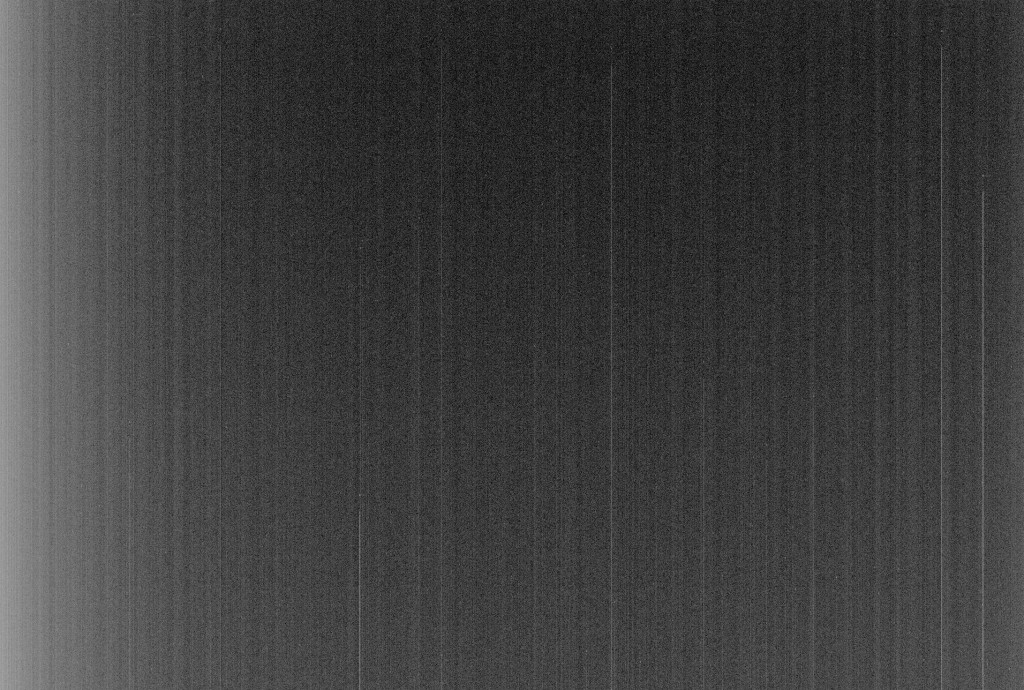The general rule of thumb in imaging is that more calibration frames are better. I have always wondered how many more and how much better.
I have completed an experiment (
written up here) comparing processing of a light image using 79 vs. 43 darks and 48 vs. 148 biases. There is clear visual improvement in the bias, small improvement in the dark, and no noticeable difference in the final light frames. Looking at the noise evaluation from Image Integration, there is significant improvement in the bias and dark frames, and a small improvement in the lights.
The bias improvement is easy to understand. Not only did I greatly increase the number of subs, but the bias signal is small vs. read noise so I have a lot of improvement available. The dark improves slightly, probably due to the relatively higher base signal vs. the read noise. I do want to get another 100 darks to see if that makes a difference. For the lights, I dither my images by several pixels between subframes. Using all the wonderful rejection tools and a good number of subs, much of the camera-specific noise -- which is what the bias and darks represent -- is removed. So my calibration frame improvement is only just measurable.
Assuming I am interpreting the noise evaluation statistics correctly, the bias SNR improves by 22%, the dark by 20%, and the light by 0.05%. The full statistics are
posted with the whole story. I would like to know people's opinion on my interpretation of the statistics.
Here are the two bias samples, which show the greatest difference of all the frames. You can really see how the bias signal is cleaner in the master with more source frames.
48 source frames in the master:

148 source frames in the master:

My conclusion: Take lots of calibration frames and also dither!
Full write up here.
I'd be interested to see what people think or what other questions this analysis raises.
--Andy